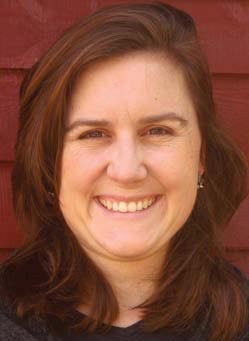Last March, I kept company with a red-breasted nuthatch who hunted insects on a dying sugar maple outside the Northern Woodlands office. My second floor window provided a close-up view of the trunk, so in between phone calls, screen time, and interference with other people’s work, I had the privilege of watching this funny, twitchy little bird.
As spring progressed, other birds shared in the bug buffet, and the tree deteriorated from their attentions. I’m not sure who began excavating a hole in the trunk – I suspect a downy woodpecker – but it grew steadily. For pure one-day destruction, the prize went, improbably, to a European starling, who sat inside the by-then-bird-sized cavity and tossed beakfulls of wood pulp into the air.
Our landlords took the tree down this past winter – a necessary safety precaution, but a diminishment of my view. Recent office wildlife observations have been limited to the occasional cluster fly banging on the window panes.
It turns out, there’s not much in the Northern Woodlands archive about how to identify different birds’ tree excavations. This absence (let’s call it the “hole gap”) is good news editorially, because it would make a fun future topic for The Outside Story. This is our weekly ecology article series, supported by the Wellborn Ecology Fund, which also appears on a regular basis in the magazine. Around the office, The Outside Story is fondly known as “The Hungry Beast,” both because, as a weekly feature, it requires constant attention, and because it presents a continuous challenge to come up with new, seasonally relevant topics.
Inspiration for the series came from Marguerite Wellborn, a writer, naturalist, and philanthropist, who penned a regular nature column in her hometown of Schenectady, New York. In her will, she left a generous bequest to the New Hampshire Charitable Foundation to create a fund dedicated to promoting public awareness of environmental and ecological issues in the Upper Valley of New Hampshire and Vermont. The Wellborn Ecology Fund has been the sole supporter of The Outside Story since its first article in 2002, and this year is supporting the publication of a second book compilation of articles from the series, due out in September.
We’ll include an official announcement of this new publication in our Autumn issue, but for now, I encourage you to scroll through the full Outside Story archive. There you’ll find a treasure trove of topics, from the differences in how deer and people perceive color to the fleeting lives of fairy shrimp. Not much there on bird holes, but that may change soon.


